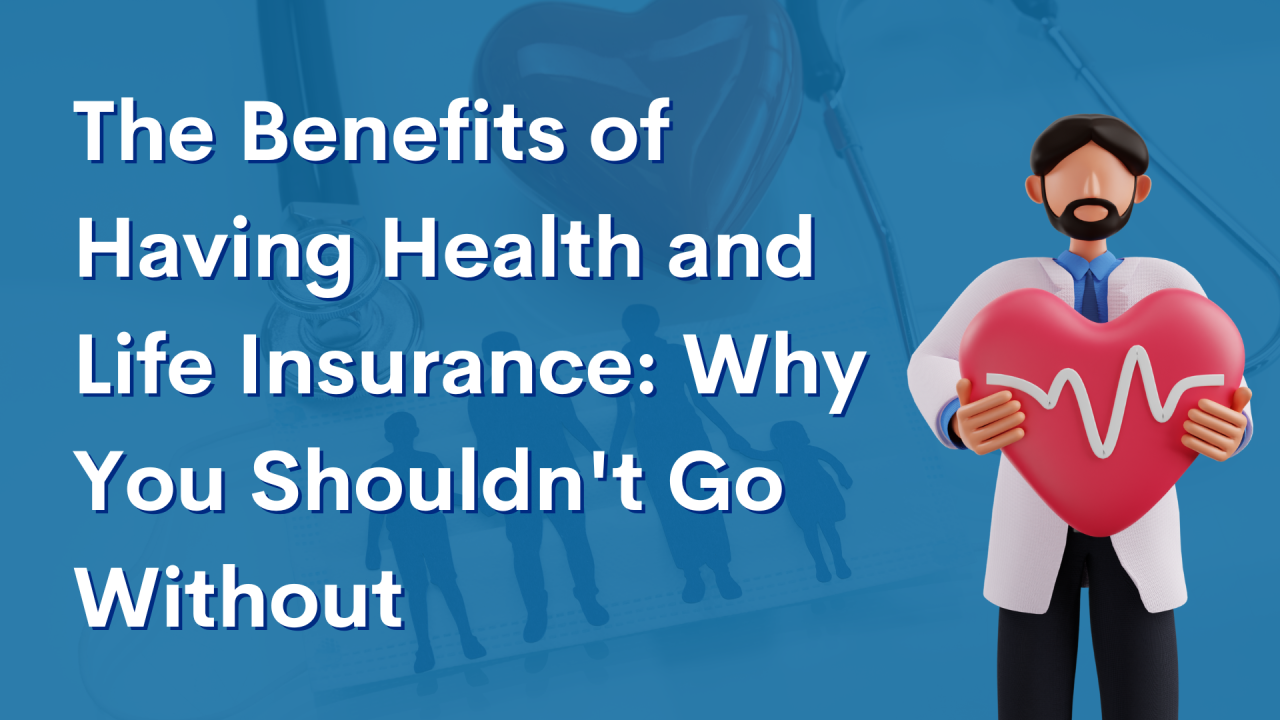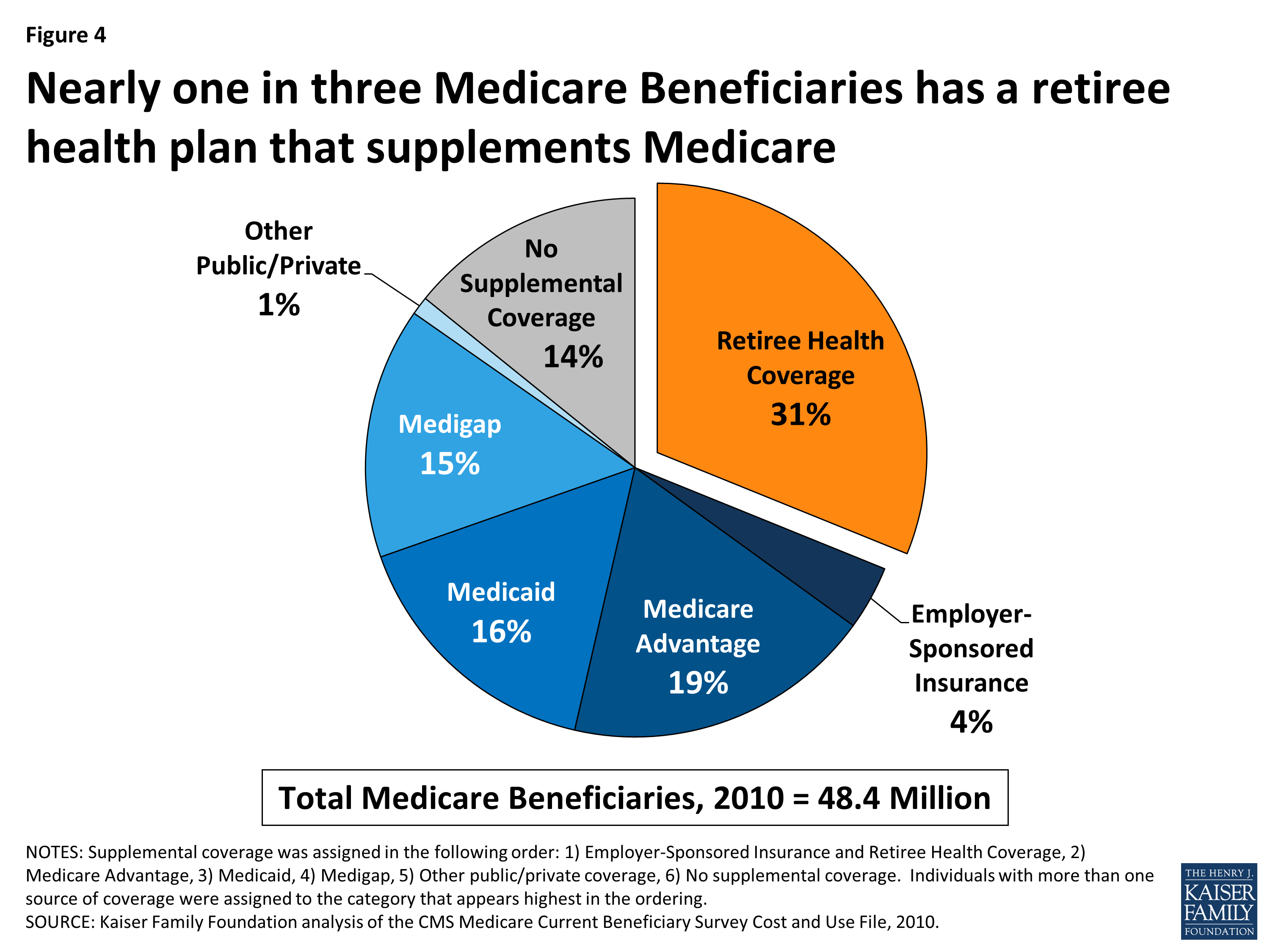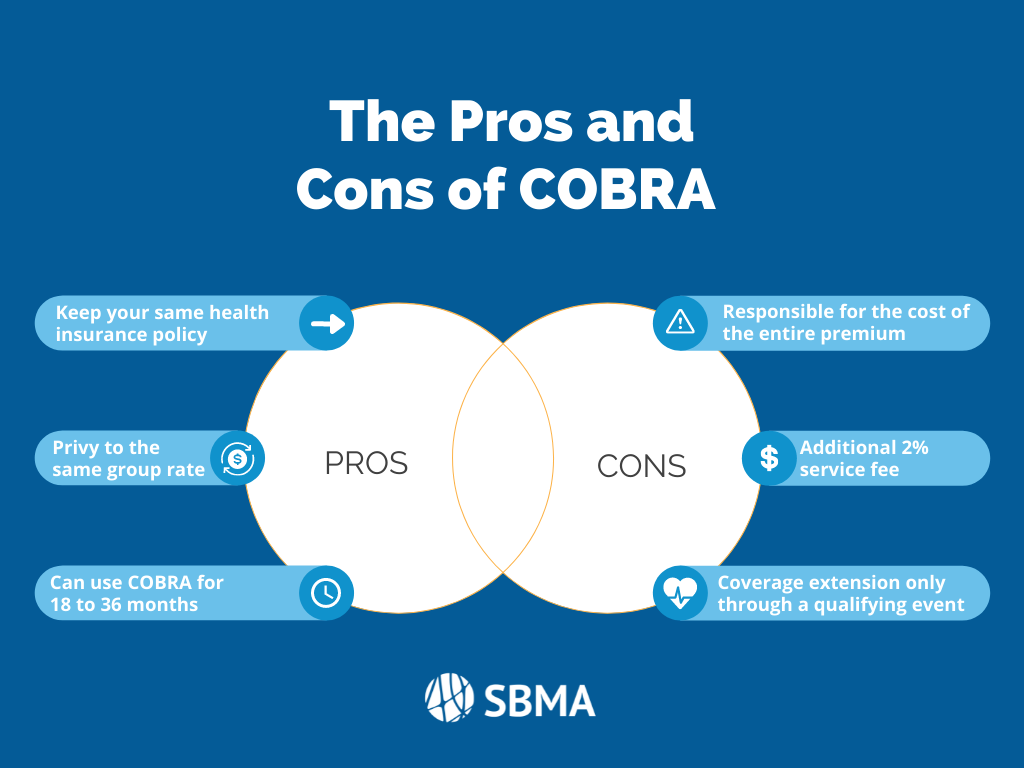See This Report about Medicare Advantage Agent
The 3-Minute Rule for Medicare Advantage Agent
Table of ContentsThe smart Trick of Medicare Advantage Agent That Nobody is DiscussingMedicare Advantage Agent Fundamentals ExplainedNot known Details About Medicare Advantage Agent

complies with from perplexing the fairly young age profile of the without insurance with the much better health, usually, of more youthful persons. This covers the link between health and wellness status and medical insurance. For those without access to office medical insurance, inadequate health is a prospective barrier to buying nongroup insurance coverage since such coverage may be very valued, exclude preexisting problems, or be simply inaccessible. The number of without insurance Americans is not particularly large and has actually not changed recently. 7 out of 10 participants in a country wide depictive study believed that fewer Americans did not have medical insurance than in fact do(Fronstin, 1998). Roughly half(47 percent )believed that the variety of individuals without health insurance coverage lowered or remained constant over the last half of the last decade(Blendon et al., 1999). This decrease of nearly 2 million in the number of people 'without insurance (a decrease
of about 4 percent)is certainly a favorable adjustment. With a softer economic climate in 2000 the most up to date reported gains in insurance protection may not proceed(Fronstin, 2001 ). The decrease in the variety of without insurance will not continue if the economic situation continues to be sluggish and healthcare prices remain to outpace inflation. This is due to the fact that the information were gathered for a period of strong economic performance. Of the estimated 42 million people that were uninsured, all but regarding 420,000(about 1 percent)were under 65 years old, the age at which most Americans come to be eligible for Medicare; 32 million were grownups between ages 18 and 65, about 19 percent of all grownups in this age group; and 10 million were kids under 18 years old, about 13.9 percent of all youngsters (Mills, 2000). These estimates of the number of persons without insurance are produced from the annual March Supplement to the Present Populace Study (CPS), performed by the Demographics Bureau. Unless or else kept in mind, nationwide estimates of people without health insurance policy and percentages of the population with various kinds of coverage are based on the CPS, one of the most commonly used resource of estimates of insurance policy coverage and uninsurance rates. These surveys and the estimates they produce are defined briefly in Table B. 1 in Appendix B - Medicare Advantage Agent. These surveys vary in dimension and sampling methods, the concerns that are asked about insurance coverage
Medicare Advantage Agent Fundamentals Explained
insurance coverage, and the time duration over which insurance coverage or uninsurance is measured(Lewis et al., 1998, Fronstin, 2000a ). Still, the CPS is specifically useful due to the fact that it generates annual price quotes relatively promptly, reporting the previous year's insurance protection approximates each September, and because it is the basis for a constant set of price quotes for greater than two decades, allowing for evaluation of fads in protection in time.

The Greatest Guide To Medicare Advantage Agent
Over a three-year see this site period starting early in 1993, 72 million people, 29 percent of the U.S. populace, were without coverage for a minimum of one month. Within a single year(1994), 53 million people experienced a minimum of a month without protection(Bennefield, 1998a). Six out of every 10 without insurance adults are themselves utilized. Functioning does boost the probability that one and one's household members will have insurance, it is not an assurance. Even members of family members with two permanent wage earners have practically a one-in-ten opportunity of being uninsured (9.1 percent without insurance rate)(Hoffman and Pohl, 2000 ). The partnership in between health and wellness insurance coverage and access to care is well developed, as recorded later in this chapter. Although the connection between medical insurance and health results is neither straight nor basic, a comprehensive scientific and health services research literature web links health insurance coverage
to better accessibility to care, much better top quality, and improved personal and populace health and wellness condition. For example, the second report, on individual wellness end results for without insurance adults, is represented by the innermost circle of the number, while the third report, on family well-being, encompasses the subjects of the 2nd record yet emphasizes a various device of evaluation, namely, the family. The 6th record in the series will present details regarding approaches and campaigns undertaken in your area, statewide, or nationally to deal with the lack of insurance and its damaging effects. Degrees of analysis for examining the impacts of uninsurance. This conversation of wellness insurance policy coverage concentrates mainly on the united state population under age 65 due to the fact that basically all Americans 65 and older have Medicare or various other public protection.
It concentrates specifically on those without any type of health insurance policy for any type of size of time. The issues encountered by the underinsured remain in some respects similar to those faced by the uninsured, although they are generally much less severe. Uninsurance and underinsurance, nonetheless, include definitely different policy problems, and the methods for resolving them might differ. Throughout this research and the 5 records to comply with, the major emphasis gets on persons without any wellness insurance coverage and hence no aid in paying for health care past what is offered with charity and safety net institutions. Medical insurance is an effective variable read here impacting receipt of care since both clients and physicians react to the out-of-pocket cost of services. Medical insurance, nevertheless, is neither required neither adequate to access to medical solutions. The independent and direct result of health and wellness
insurance coverage on access accessibility health services solutions well establishedDeveloped Others will certainly get the healthcare they require even without wellness insurance coverage, by paying for it expense or seeking it from suppliers who supply care cost-free or at extremely subsidized rates. For still others, medical insurance alone does not ensure invoice of treatment due to other nonfinancial barriers, such as an absence of healthcare carriers in their neighborhood, limited accessibility to transportation, illiteracy, or linguistic and cultural differences. Official research regarding without insurance populaces in the United States dates to the late 1920s and early 1930s when the Board on the Cost of Medical Treatment generated a series of reports about funding physician office gos to and hospitalizations. This issue came to be salient as the varieties of clinically indigent climbed during the Great Anxiety. Empirical studies regularly sustain the link between access to care and boosted health results(Bindman et al., 1995; Starfield, 1995 ). Having a routine source of care can be taken into consideration a forecaster of access, as opposed to a straight procedure of it, when wellness results are themselves utilized as gain access to signs. This expansion of the notion of access measurement was made by the IOM Board on Keeping An Eye On Accessibility to Personal Health Care Provider(Millman, 1993, p. Whether parents are insured shows up to impact whether their kids obtain treatment along with just how much careeven if the youngsters themselves have protection(Hanson, 1998). The health and wellness of parents can impact their ability to take care of their kids and the level of family members anxiety. Stressing over their youngsters's access to care is itself a source of stress for moms and dads. Three chapters follow in this record. Phase 2 offers a summary of how employment-based medical insurance, public programs and specific insurance coverage policies run and communicate to offer considerable but insufficient insurance coverage of the united state population. This includes a testimonial of historic patterns and public laws influencing both public and personal insurance coverage, a conversation of the interactions amongst the different types of insurance policy, and an assessment of why people relocate from one program to one more or wind up
